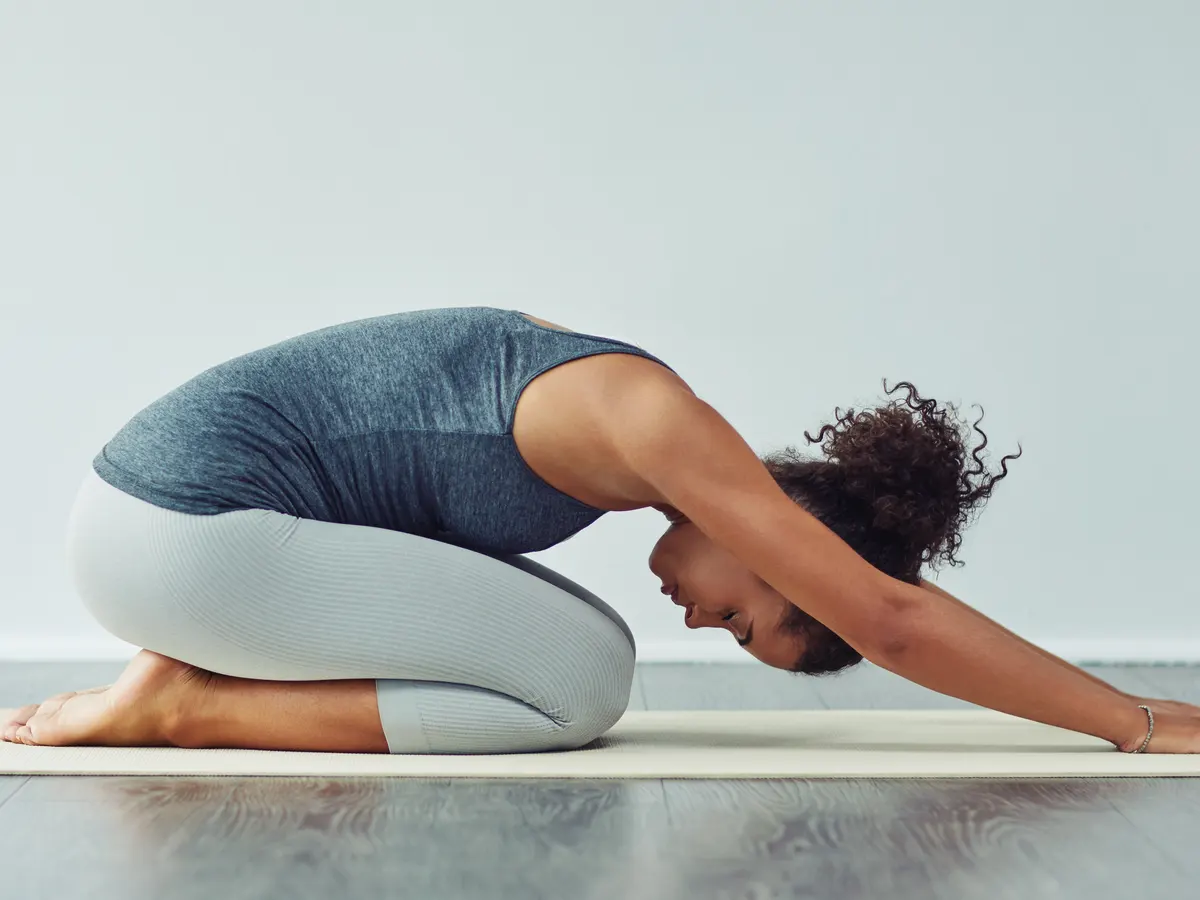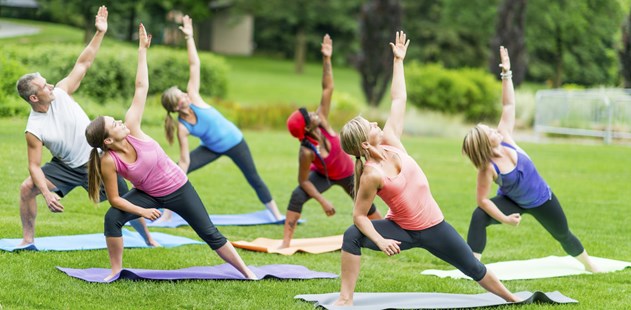More Australians are practising yoga than playing sports such as soccer, golf, and tennis, according to the federal government’s annual survey of sport and physical activity.
The survey shows a rise in the number of people who don’t consider physical activity a priority and a decline in organised sports in favour of lifestyle activities.
Yoga is now being practised by 1.17 million Australians aged 15 and older, ahead of soccer (1.13 million), golf (1.04 million), and tennis (1 million).
Pilates is also more popular among women than other sports, while running and cycling are more popular among men.
Walking and going to the gym are adults’ most popular physical activities. At the same time, swimming is more popular among women than men.
However, only 35% of adults are doing enough physical activity, and more than half of Australians are overweight or obese. The COVID-19 pandemic is said to have accelerated this trend.
Anecdotally, some men attend yoga and Pilates classes to meet women, while others join after witnessing the physical and mental benefits it brings to their partners.
Market researcher IBISWorld predicts that the revenue of the yoga and Pilates industry in Australia will grow by 1.5% to reach $683 million in the next five years, following a downturn caused by lockdowns.
The increase in at-home yoga and Pilates participation rates has also contributed to the growth in consumer spending on equipment and accessories during the pandemic.
Steve Georgakis, the director of the health and physical education program at the University of Sydney, notes that the meaning of sport has shifted, with more people opting for physical activities that prioritise appearance and weight loss.
He believes that while any physical activity is beneficial, participating in a team environment is more beneficial than sitting in a gym and listening to music.
Georgakis also comments that traditional sports are losing their appeal among kids and that governments still need to prioritise physical education and school sports.
He notes numerous reasons young people opt out of physical activities, including cost, culture, focus, lack of mandatory classes, safety concerns, and time constraints.
These factors make it less likely for them to consider physical activity a priority.



